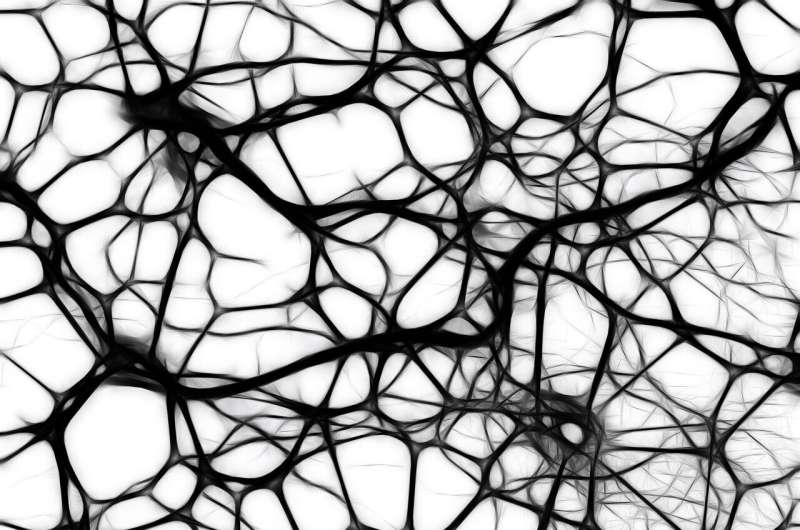Credit: Pixabay/CC0 Public Domain
Researchers at Karolinska Institutet have revealed a central proprioceptive organ built directly into the central nervous system that acts as an inner movement sensor. The article was recently published in the journal Neuron.
"To successfully move our bodies, we need a reliable sense of our own movement in time and space. This sense is provided by proprioceptor organs thought only to be found in the periphery," says Abdel El Manira, Professor at the Department of Neuroscience, and main author of the article.
"While it is known that the central nervous system undergoes continuous changes in shape and tension during body movements, it has been unclear whether and how these changes are detected."
What does your study show?
"Using adult zebrafish as a model organism and a combination of advanced techniques including single-cell recordings, mechanical stimulations and single-cell sequencing, the study reveals the existence of mechanosensory neurons embedded in enlargements of spinal cord tissue that centrally monitor the tension changes that occur during body bending. These highly specialized proprioceptive neurons express the hallmark mechanosensitive channel Piezo2 that enable them to transduce mechanical tension into electrical signals," explains Abdel El Manira.
One advantage of having a motion sensor directly within the spinal cord is that it is situated close to the circuits responsible for the movement it detects. The central proprioceptor organ provides rapid inhibitory feedback directly to the spinal circuits driving locomotion, allowing for online negative feedback on how successful an intended body movement is being achieved. This closed-loop circuit organization provides a form of servomechanism for smooth, efficient, and controlled locomotion.
Why is it important?
"Understanding how sensory feedback on our movements is integrated is a key goal in neuroscience. These findings open up a new perspective on sensorimotor control and show that movement feedback not only comes from the periphery but also from specialized organs monitoring spinal cord movement."
What is your next step?
The spinal cord of other animals, including humans, is also known to undergo tension changes during movements of the body, and there are groups of neurons well-placed to potentially detect such signals.
"It will be important in future studies to test if proprioceptors are also found in the mammalian spinal cord, and if so, how they may become active during different motor tasks," says Laurence Picton, first author of the article. "Furthermore, mutations in the mechanosensitive Piezo2 gene are known to lead to deficits in motor coordination and cause postural abnormalities such as scoliosis. "The finding of Piezo2-expressing neurons in the spinal cord may therefore provide new routes to understanding Piezo2-related movement disorders."
More information: Laurence D. Picton et al. A spinal organ of proprioception for integrated motor action feedback, Neuron (2021). DOI: 10.1016/j.neuron.2021.01.018
Journal information: Neuron
Provided by Karolinska Institutet























